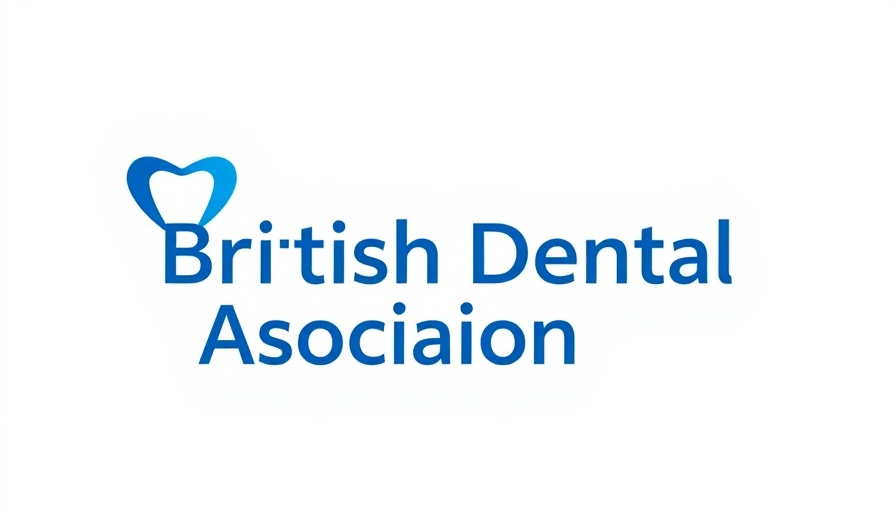
Groundbreaking Change in Community Dental Services Data Collection
In a significant move for dental health equity, the British Dental Association (BDA) has successfully lobbied for enhanced transparency in the waiting times for Community Dental Services (CDS) across England. The updated guidance from NHS England mandates that data regarding the assessment and treatment waiting times for vulnerable adults and children will now be collected at a national level. This change is poised to address long-standing issues within the CDS and improve patient outcomes.
Why Comprehensive Data is Essential for Improvement
The impact of improved data collection cannot be overstated. By having access to detailed waiting list data, policymakers, healthcare providers, and patients alike can gain valuable insights into service accessibility. Vulnerable populations often face delays that can exacerbate health issues, leading to unnecessary pain or untreated dental conditions. Creating a national dataset enables a clearer understanding of these challenges and drives informed decision-making.
The Bigger Picture: Dental Health Disparities
This shift towards better data collection is more than a procedural tweak; it's a vital step toward addressing broader disparities in healthcare access. While the guidance is a win for the BDA and advocates for patient rights, many patients still remain in dental deserts, where the nearest provider may be several miles away. Understanding and addressing these disparities through comprehensive data is critical to ensuring equitable access to essential dental services, particularly for marginalized communities.
Innovative Solutions Emerging from Data
As we gather data on waiting lists, the insights gleaned will likely highlight areas ripe for innovation in service delivery. For example, practices are experimenting with digital queue management systems that allow patients to book and track their appointments more effectively, reducing pressure on clinics and minimizing waiting times. Adopting such technology based on real-time data could revolutionize patient experience in community dental settings.
Community Dental Services and Patient Awareness
In light of these improvements, it’s crucial that patients remain informed about their rights and available services. Community Dental Services cater to those who may otherwise find it challenging to access traditional dental care, especially among children and individuals with special care needs. The renewed focus on waiting times empowers patients to seek the help they need while simultaneously holding health services accountable for timely treatment.
Moving Forward: The Role of Stakeholders
Stakeholders across the health sector must collaborate to build on this momentum. Dental professionals, policymakers, and patient advocacy groups can work together to ensure that data not only informs strategic decisions but also leads to tangible improvements in patient care. With robust involvement from various sectors, we can leverage this data revolution to transform community dental services into a more responsive, equitable, and innovative healthcare landscape.
Be Informed, Stay Engaged
Your involvement matters. Patients and advocates should continue to drive discussions about health reforms that impact dental care. Staying informed about changes within community dental services can empower individuals to champion better care in their communities.
The call for improved waiting list data for community dental services is not just about gathering numbers; it's about paving the path for improved health outcomes for vulnerable populations. Engaging with this change ensures that oral health remains a priority within the broader healthcare system, ultimately translating to healthier communities.
 Add Row
Add Row  Add
Add 




Write A Comment